The Songwriter Future
It’s interesting to watch human nature during a massive paradigm shift within any industry; a songwriter is no different. We hate change. The more successful we are in any particular field the more removed we are from the undercurrent that is facilitating the change; and the more we fight it.
It makes sense, really, you make money via a certain pipeline or methodology and you get good at it, you have those relationships, you have that “groove” down. When something comes into the market that is disruptive to the status 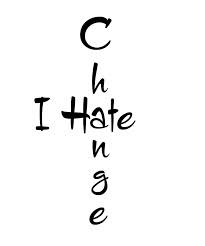 quo, we rebel.
quo, we rebel.
We don’t trust it
We don’t want to start over.
We can’t think about the concept of it except for remembering and waxing about the way it was.
It doesn’t stop disruption from arriving, though.
I like disruption.
The music industry has certainly been disrupted by the internet, Napster, streaming technologies, too much consumer choice, etc.
What does the future of a professional songwriter look like?
Tomorrow will be way different, but it IS better.
Listen, all the answers are not in place yet. Big thinkers are working as we speak to identify and fill some of the vacuums that are being created with these disruptions.
Trust the Free Market
Trust the free market, many people will discover ways to make consistent money selling music on the internet. Then they will figure out ways to bring the supply to the demand. THAT fact we can count on.
If we look at what making a living as a songwriter used to be like, we can better understand the mindset songwriters currently have. Once we identify the old mindset and define it for what it is, which is old, we can tackle what’s going on now.
 The old business model provided big bucks to the lucky few who could find their way into the party. The words “Lucky” and “Few” are the key words in the previous sentence because there are only a very limited amount of coveted radio slots to spin songs. So the club was exclusive, man.
The old business model provided big bucks to the lucky few who could find their way into the party. The words “Lucky” and “Few” are the key words in the previous sentence because there are only a very limited amount of coveted radio slots to spin songs. So the club was exclusive, man.
If we generalize (yes, I’m REALLY generalizing but you get the point), a hit single, more specifically a #1 single on the country charts, is worth about $1 million of overall performance revenue unless it crosses over to the Pop market, then it is worth more. For the argument, let’s stick to $1 million. Since a #1 single requires “X” amount of radio spins in the same markets, the performance revenue difference between 1999 and 2014 is relatively the same.
Here is where a songwriter suffers today: mechanical royalties.
Mechanical royalties are paid to the songwriter based on record sales.
Let’s study a few of the top selling country records released in 1999 (Just 15 years ago) and 2014, dissect the sales of each (so we can determine the mechanical royalty income), and create some comparative data.
With this information we can calculate a paycheck on gross mechanical royalties for a songwriter.
In 1999 the mechanical royalty rate was 7.1 cents per song. A “cut” on a record would pay the songwriter 7.1 cents for every record sold.
- 100,000 Units sold would generate $7,100 in gross revenue
- 500,000 (Gold) sold would generate $35,500 in gross revenue
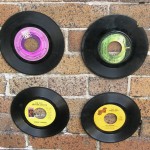
- 1 Million (Platinum) would generate $71,000 in gross revenue
- 10 Million (Diamond) would generate $710,000 in gross revenue
These numbers are for ONE song-cut on a record that may or may not be a single. A single, of course, would generate a whole other huge cash register of performance royalties.
Let’s look at a few of the most popular country records released in 1999 and attribute the songwriter revenue to each. NOTE: publishers share of royalties would be 50% and the co-writers would split accordingly; we are just looking at gross revenue.
- Dixie Chicks “Fly” 12 Million Units sold
- Â 1 song cut = $852,000 in gross mechanical royalty revenue
- Â #1 Single = $852,000 (gross mechanical royalties) + $1 Million (gross performance royalties)
- Faith Hill “Breathe” 8 Million Units sold

- Â 1 song cut = $568,000 in gross mechanical royalty revenue
- #1 Single = $568,000 (gross mechanical royalties) + $1 Million (gross performance royalties)
- Tim McGraw “A Place In The Sun” 3 Million Units sold
- 1 song cut = $213,00 in gross mechanical royalty revenue
- #1 Single = $213,000 (gross mechanical royalties) + $1 Million (gross performance royalties)
- LeAnn Rimes “LeAnn Rimes” 1 Million Units sold
- 1 song cut = $71,000 in gross mechanical royalty revenue
- #1 Single = $71,000 (gross mechanical royalties) + $1 Million (gross performance royalties)
- Martina McBride, Brad Paisley, Gary Allan, Reba McEntire, Toby Keith, Keith Urban, and Montgomery-Gentry are just a few all the artists that had platinum records in 1999 so everyone was going platinum if you didn’t go platinum you damn sure went gold.
Now let’s look at a few of the top selling records for 2013 (the mechanical royalty rate has risen to 9.1 cents)
- Luke Bryan “Crash My Party” 1.9 Million Units sold
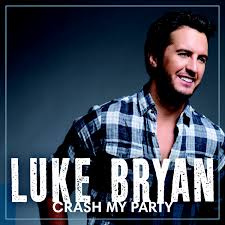
- 1 song cut = $172,900 in gross mechanical royalty revenue
- #1 Single = $172,900 (gross mechanical royalties) + $1 Million (gross performance royalties)
- Blake Shelton “Based On A True Story” 1 Million Units sold
- 1 song cut = $91,000 in gross mechanical royalty revenue
- #1 Single = $91,000 (gross mechanical royalties) + $1 Million (gross performance royalties)
- Keith Urban “Fuse” 354,000 Units sold
- 1 Song Cut = $32,214 in gross mechanical royalty revenue
- #1 Single = $32,214 (gross mechanical royalties) + $1 Million (gross performance royalties)
- Kenny Chesney “Life On A Rock” 392,000 Units sold
- 1 song cut = $35,672 in gross mechanical royalty revenue
- #1 Single = $35,672 (gross mechanical royalties) + $1 Million (gross performance royalties)
- Darius Rucker “True Believers” 502,000 Units sold
- 1 Song cut = $45,682 in gross mechanical royalty revenue
- #1 Single = $45,682 (gross mechanical royalties) + $1 Million (gross performance royalties)
FYI, I believe these were all #1 records in 2013.
You see the difference? Record labels are releasing fewer records because they are making less money per record and nobody is really buying records anymore. Sheesh!
Just a quick glance at the difference between songwriter revenues in 1999 vs. 2013 shows that without a #1 single, the revenue is around 10%-18% of what it used to be 15 years ago. You used to be able to make a seriously good living with a cut on a record that would never be spun on the radio but that has significantly changed.
The AWESOME performance royalty revenue is on its way out too. As terrestrial radio continues to erode a hit single will definitely dwindle in financial significance.
So what does the future look like for a songwriter?
I think the outlook is good and certainly accommodating to more writers. Before you really had to be “in-crowd” to get a cut, much less a single. Cuts were rare and singles even more rare, but they paid WELL. So we judged our  revenue and/or potential revenue per song or per artist as 1 song had the power to change everything.
revenue and/or potential revenue per song or per artist as 1 song had the power to change everything.
The key to success for the songwriter of the future will be volume. The songwriter business model of the future is not really going to have any “home runs” in it, it will be founded on “base hits” instead: lots of base hits.
1 hit song, even right now, has an amazing revenue potential, the kind of financial impact that results in an “Achy Breaky kitchen”, an “Achy Breaky Ferrari”, or an “Achy Breaky west wing of the house”
The future will belong to fragmented, unexciting, financially insignificant revenue streams per song. The “living” we all aspire to make will reside in the aggregate revenue of many songs; many base hits.
 Think the true story plot of the baseball movie “Moneyball” and apply it to songwriting. It’s all about base hits now guys.
Think the true story plot of the baseball movie “Moneyball” and apply it to songwriting. It’s all about base hits now guys.
I see a smart minded songwriter changing his business approach to coupling with as many artists as they can. Maybe between mechanical royalties and performance royalties (from YouTube for instance) a songwriter will make only $2,000-$3,000 per song, per year. However, there is no velvet rope, no terrestrial-radio-log-jam to limit the universe of revenue bearing opportunities, essentially no tyranny of space.
So ideally, a prolific songwriter could place 20-30 songs a year or more into a pipeline that generates revenue. The revenue could also be consistent meaning that if a songwriter placed 20 songs into the pipeline that generated $2,000 per song each per year they would gross $40,000 in revenue; the next year they could add to that.
It’s conceivable that the songwriter could build up his/her book of business over time well into the 6 figure range.
Keep writing. The world is about to change.
If you like this post, please SHARE it and/or LEAVE A COMMENT thank you!
[ois skin=”Bottom Post”]






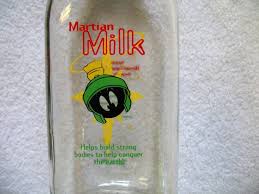
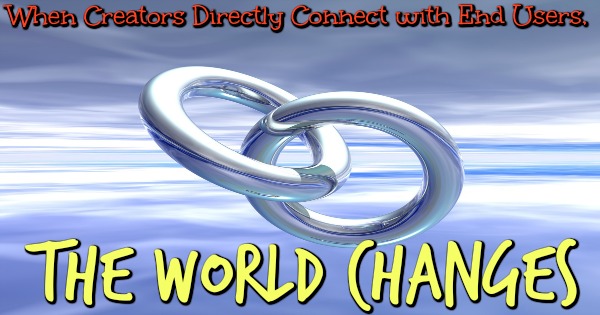
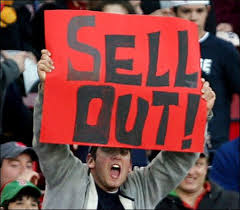



Tell Us Your Comments
Leave a Reply
Want to join the discussion?Feel free to contribute!